The parts list for the 11947A is in its manual and finding replacement SMD passives was easy. The V1 "SURGE PROTECTOR 90V" part, based on its shape and rating, I determined had to be a gas discharge tube, so I picked a suitable 90V surface mount GDT from Bourns. The only remaining questions were the diodes. CR1 and CR2 are described simply as "DIODE, HIGH G", but a search of its part number, 5082-1001, turned up a datasheet that indicated it was equivalent to the 1N4456, and the closest available replacement I could find is the 1N4150. Its forward conduction chart was a close match to the 5082-1001 datasheet, so it looked like a solid choice. CR3 and CR4 are smaller diodes with a 80V, 200 mA rating, and I picked the 1N4448.
For the connectors, I used SMA end-launch connectors. This compact setup means the board could be mounted in an enclosure and connected to bulkhead connectors of any style (BNC and N are used in the 11947A) using short coaxial cables.
 James Wilson
James Wilson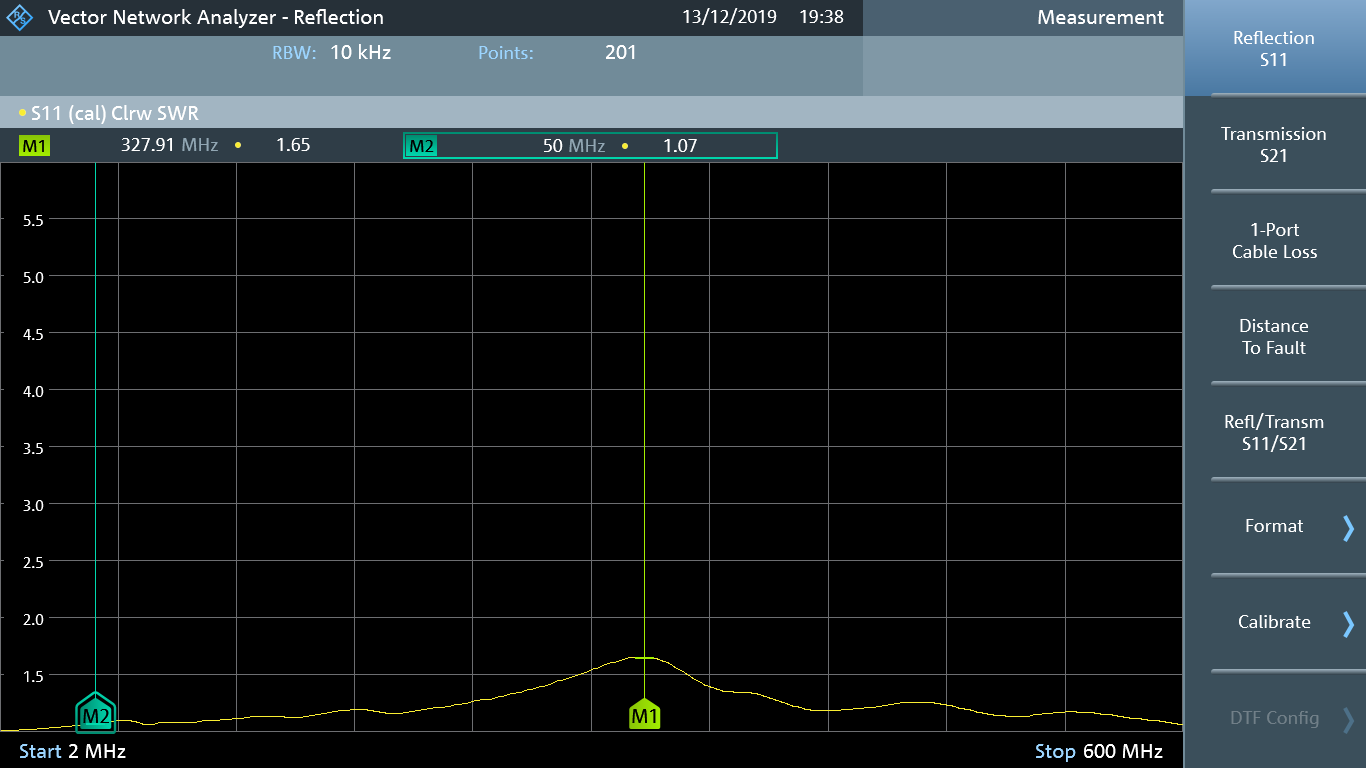
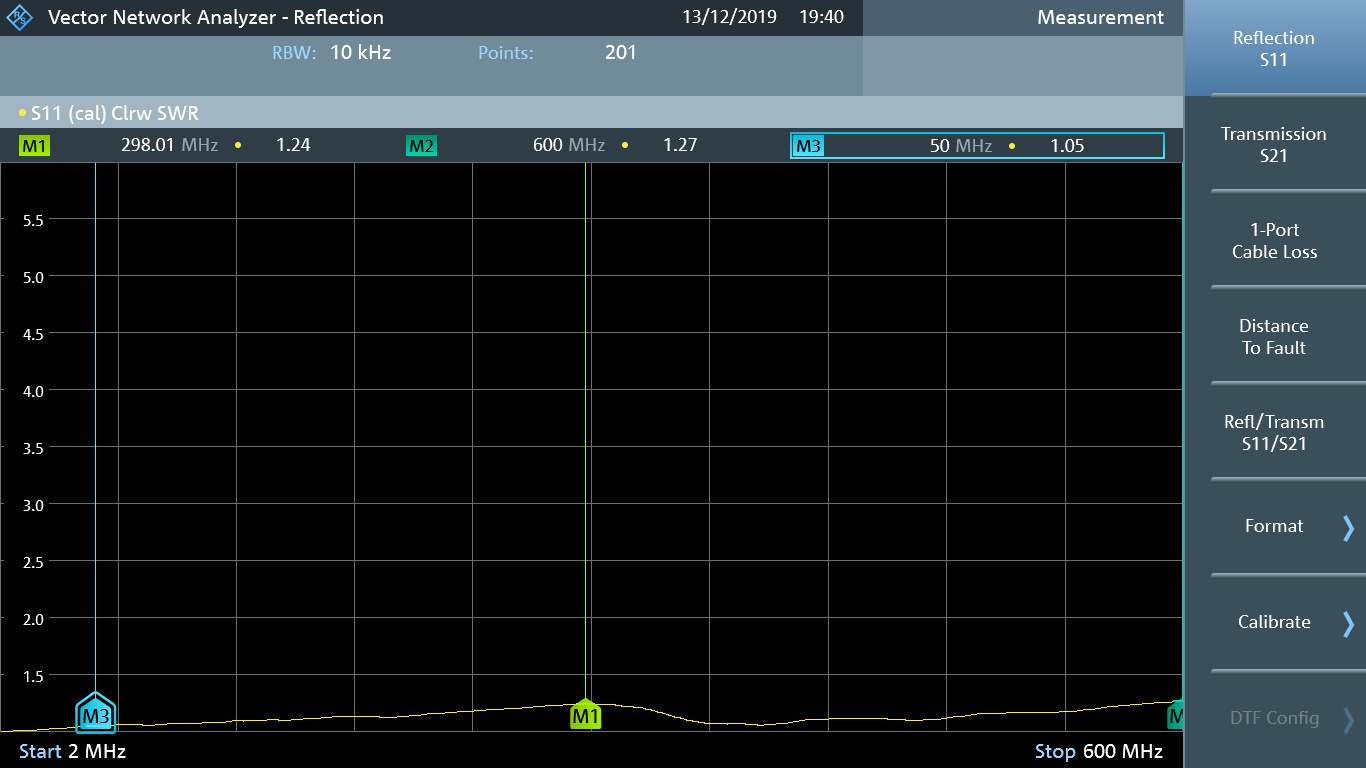
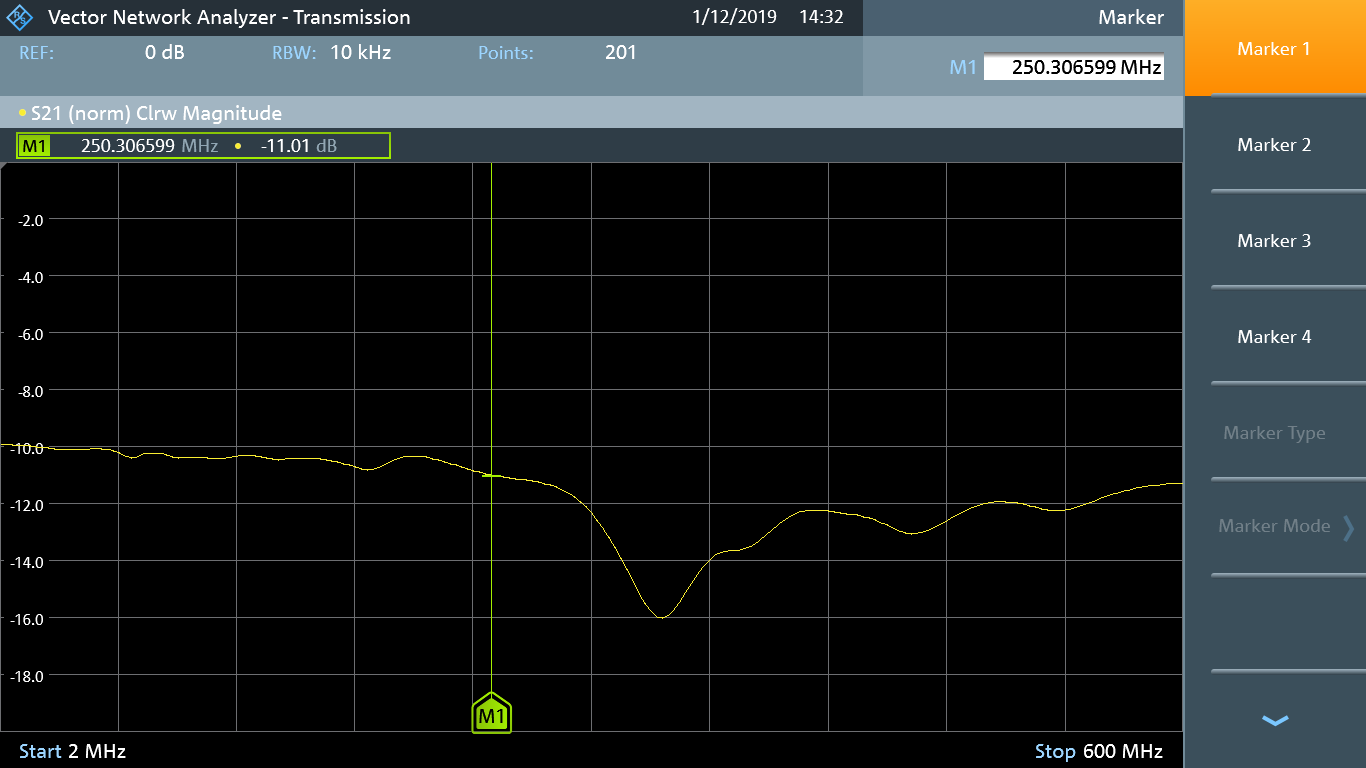
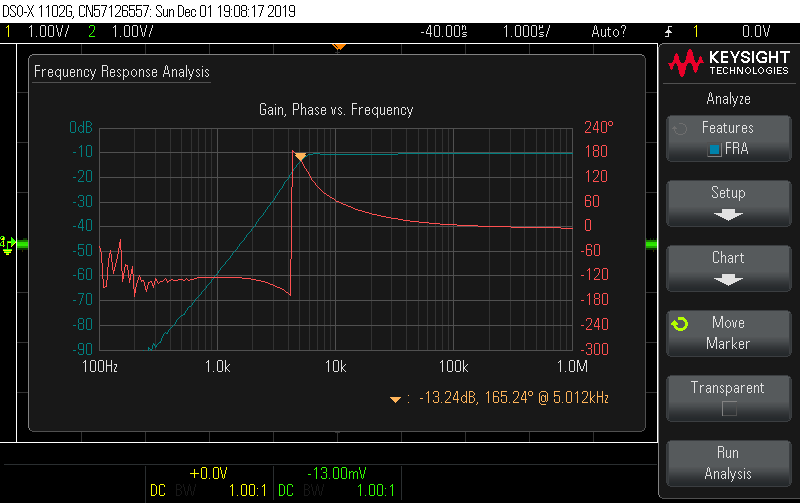
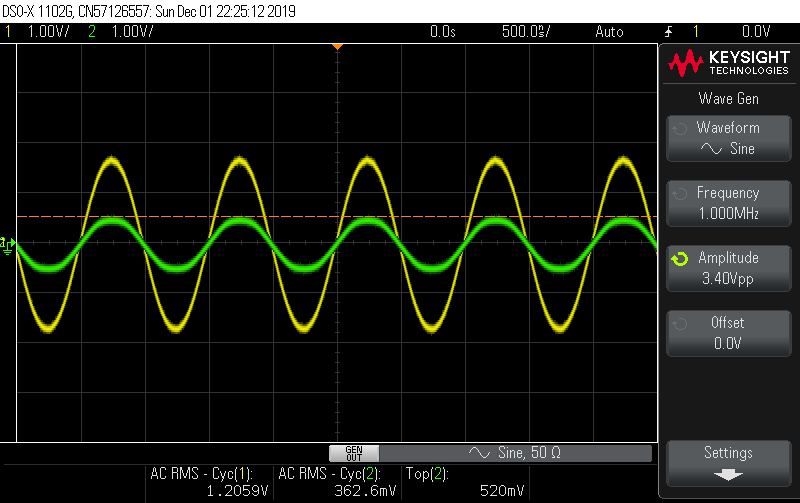



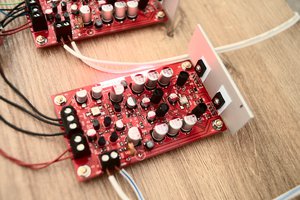
 t.oster92
t.oster92
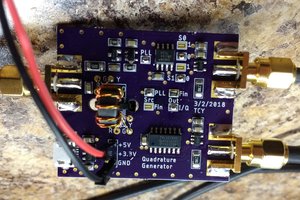
 Ted Yapo
Ted Yapo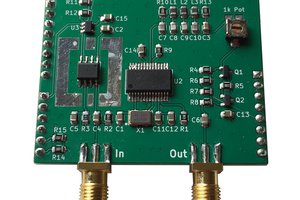
Many thanks, James, my clone works very fine!
Great project!